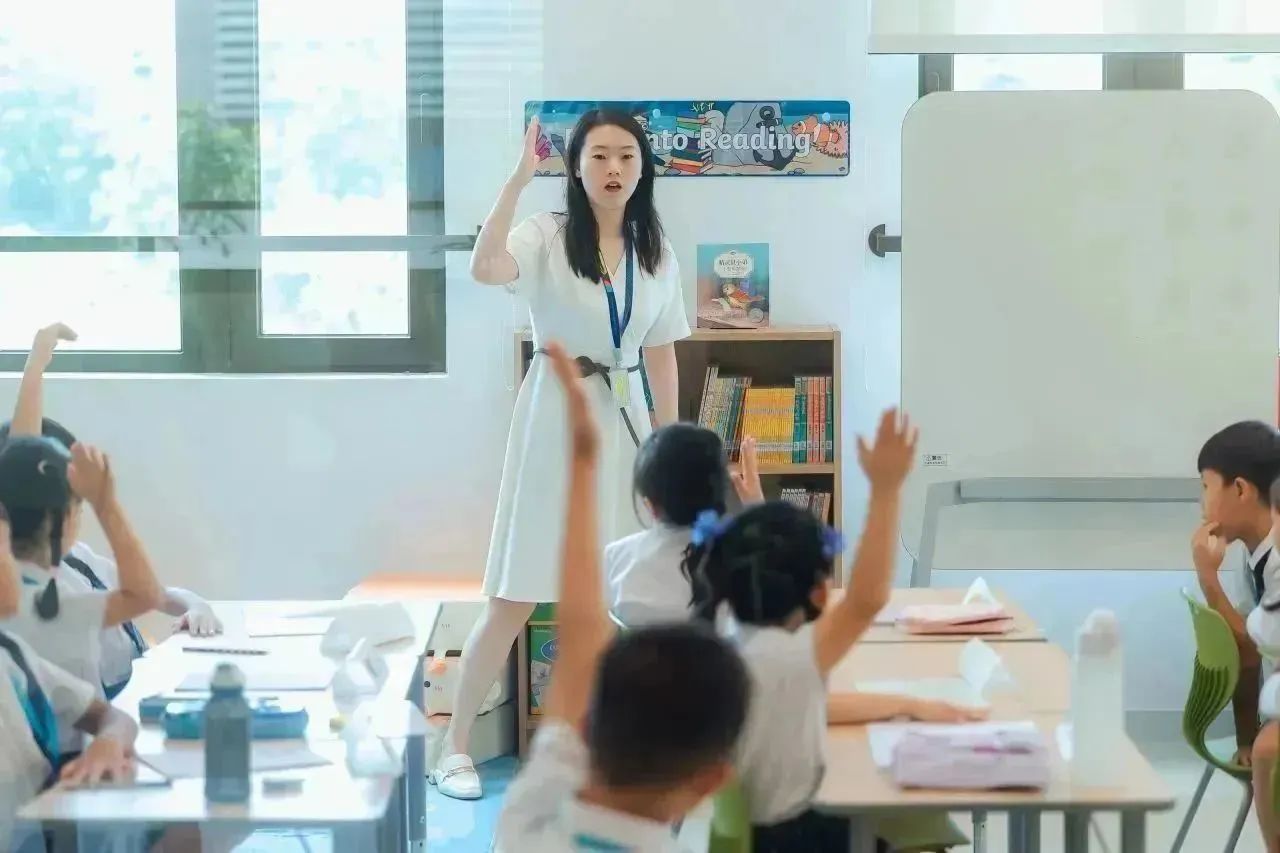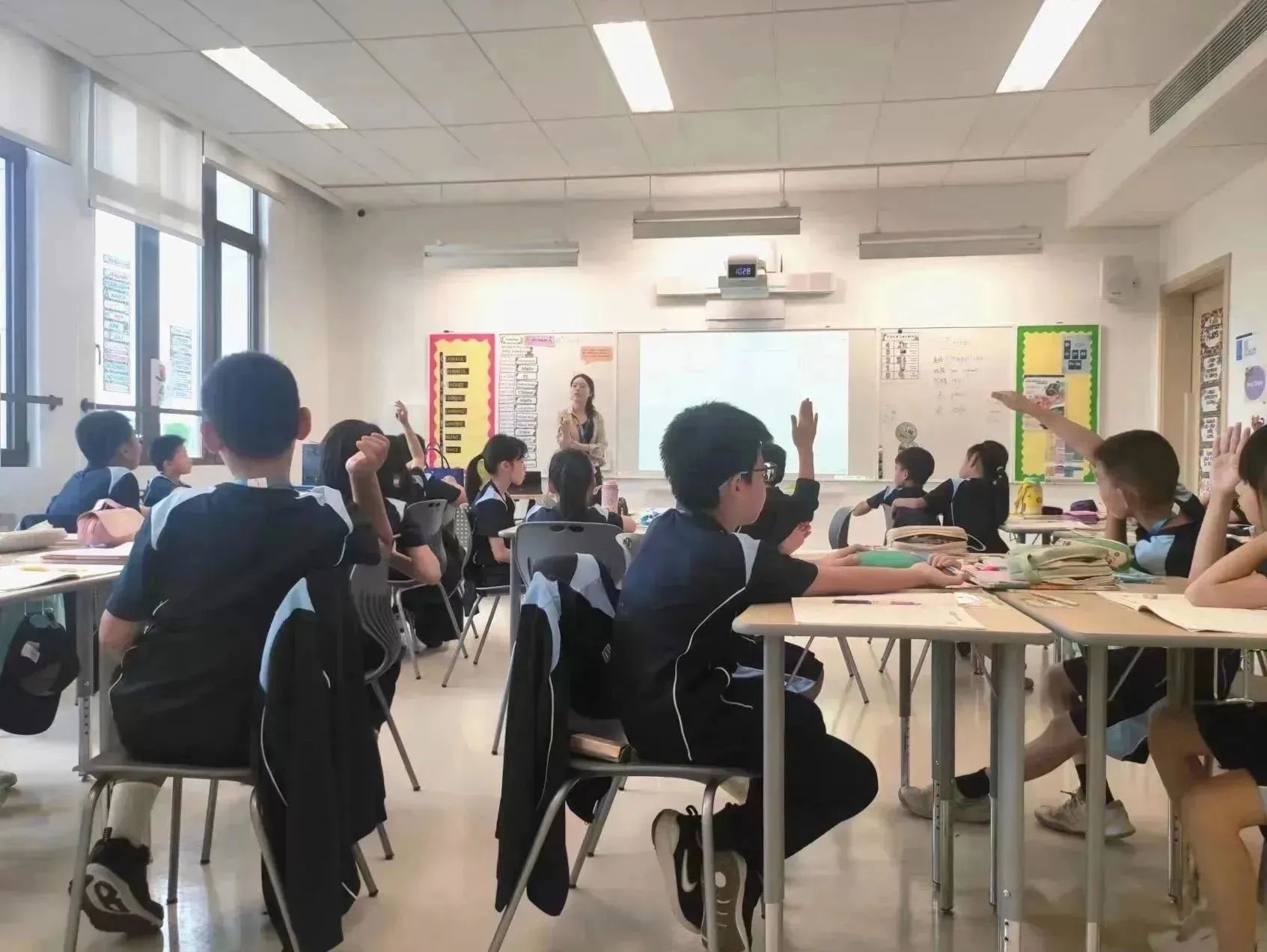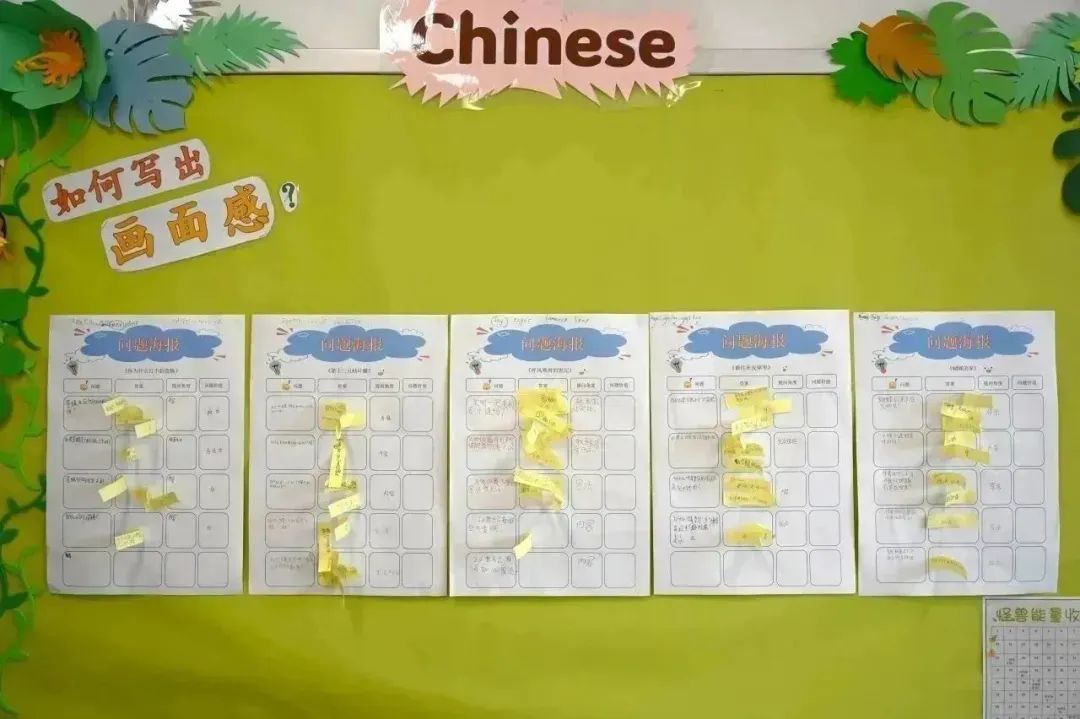A Class that Sparked Imagination
27 Oct 2023
It all began with a captivating story: one week later, the little girl could sit for a whole hour – a milestone worth celebrating. She basked in the sun's warmth, gazing out at a beautiful, purple pea flower through an open window. With a tender kiss to its soft leaves, she transformed an ordinary day into a festival.
This tale is embedded in the national Chinese curriculum for Grade 4, extracted from the renowned Danish author Hans Christian Andersen's treasure trove of timeless tales.
At BBSG, a G4 Chinese lesson was conducted based on the tale initiated in an engaging way.
"What Makes a Question Valuable?"
Instead of diving into the text straight away, Ms. Jiang, the Primary Chinese Lead, kicked off her class by challenging her students with an intriguing question: "How do we ask questions?" The responses were as diverse as the students themselves –"Questions should be interesting”, "Questions should be of value”, and "Asking questions from different angles."
This approach is often seen at BBSG, setting free from the traditional classroom constraints and promoting group learning and discussion.

A few minutes later, Ms. Jiang summarised their discussion: valuable questions are those that stimulate thoughts and ideas. "Now, let's work on the text we have previewed earlier, the Five Peas in a Pod." Then she assigned an interesting competition to the class, in which students had to vote for the Best in Raising Questions and the Best in Answering Questions in each group, based on the quality and quantity of questions the students asked and answered.
Students delved into more divergent thinking and discussions.
Some were amused by their classmates' creativity: "Why is the pea that fell into the smelly ditch so self-absorbed?" Others were deeply moved by their peers' questions, leading to further discussions: "Do the plump and pretty peas consider themselves the most remarkable, just like the other peas? Between the worlds of peas and humans, which is the most extraordinary one? Does everyone share the same understanding of the term 'extraordinary'? What makes someone genuinely 'extraordinary'?" Creativity takes place anytime, anywhere. This primary school lesson discussion became something like a university debate, by which we were impressed by the boundless imagination and analytical skills of a 10-year-old.

When Ms. Jiang asked, “What inspired you most from this story?" One student’s answer was brilliant, "when you're feeling especially upset, please remember, there's always a glimmer of light in the darkness." As she spoke these words, she shone like a beacon of light. In general, our students were not only well engaged with the story text, but also gained a better understanding of life experiences.
In the 40-minute lesson, the whole class communicated closely with their teacher and proactively engaged with each other, sharing instant feedback. The learning dynamic successfully fostered critical thinking skills with the promotion of questioning and open discussion. In addition to reading comprehension, the Chinese class at BBSG extends students' understanding of the Chinese language and literature context, inspires them to integrate academic knowledge, creativity, and real-life experience, supporting them to learn from and develop creativity.
Based on the unit design driven by big ideas, Ms. Jiang assigned a series of reading tasks followed by this lesson. Students have to study the text of the Waiting for the Twelfth Dry-leaf Butterfly, Why Can't You Chase a Fly, and Who Is Living in the Ball, learning different literature genres, such as tales, science fiction, and creative prose. Students are encouraged to raise valuable questions from different perspectives in groups, for those with the most creative thoughts can be entitled as the 'MVP'(Most Valid Point-of-View) of the group. They are fully engaged in such interesting tasks, which helps them to develop advanced literacy skills, beneficial to learning transfer, as well as to improve their sense of teamwork.




